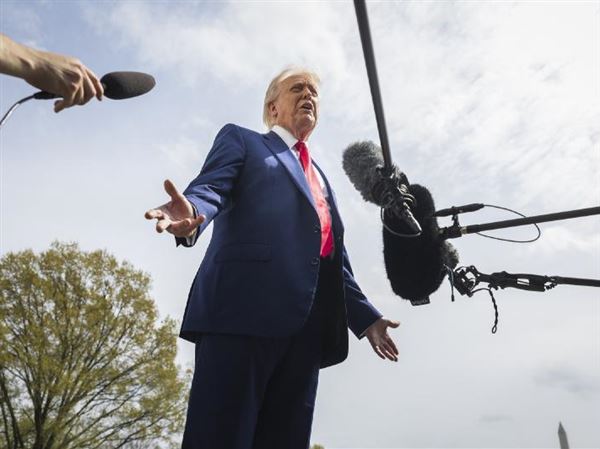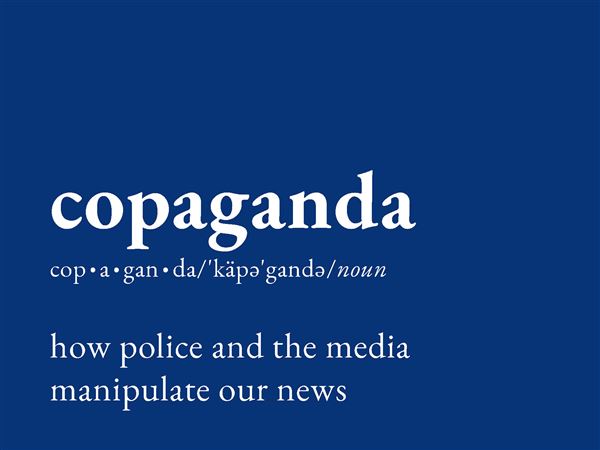As the nation’s $35 trillion federal debt climbs toward a crisis, Bank of America is betting big on gold, declaring it the last safe haven standing.
“The yellow metal may become the ultimate perceived safe haven asset,” Bank of America said in recent report titled “Is gold a safer investment than treasuries?”
The gold market has long been a niche space, largely populated by coin collectors, jewelry lovers and investors drawn to timeless assets. Bank of America’s claim that gold might be a safer asset than treasury bonds is a surprising endorsement from the second largest bank in the U.S.
“We’ve always known that gold is the money of last resort. But to see a major bank like Bank of America state that as a fact in the public domain is truly monumental,” said David Morgan, a nationally recognized precious metals expert based in Spokane, Wash.
“A treasury bill is only as good as the paper it’s printed on,” Mr. Morgan said. “Gold, you cannot inflate. It’s got no liability against it. It’s the money of last resort.”
Gold recently hit a new record high of $2,757 an ounce. BofA analysts have set a $3,000 per ounce target, predicting that gold’s value could keep climbing no matter which way interest rates go, up or down.
“A decline in rates is still bullish, but higher rates do not necessarily put pressure on gold,” BofA said in the Oct. 16 report, reflecting a shift in how gold reacts to macroeconomic conditions. The price could decline, but it’s not likely to fall below $2,000, the analysts said
Central banks around the world are taking notice too. Countries such as China and India have increased the share of gold in their reserves from 3% to 10% over the past decade, according to the bank.
BofA analysts also said they have no reason to believe either Vice President Kamala Harris or Donald Trump will practice fiscal restraint if elected. With neither presidential candidate emphasizing spending cuts, the report sounds an alarm that U.S. federal debt could hit crisis levels three years into the next presidential term, and that if that happens gold might be the asset of last resort.
“While treasury bonds have served as a preferred safe-haven asset in recent decades, the current debt crisis is prompting a return to gold’s traditional role as the ultimate safe haven,” said Terry Hanlon, president of Dillon Gage, a Dallas-based precious metals dealer.
“This shift isn’t just a temporary trend, but rather a reminder of gold’s enduring ability to protect wealth through centuries of economic uncertainty,” he said.
Retail investors embracing gold
The best major asset allocation that an investor could have made since 1999 has been gold, said David Root Jr., founder and CEO of DBR & Co., Downtown.
“Gold has appreciated 40% this year versus the S&P 500 at 23%,” Mr. Root said.
“Based on a simple back test, gold would have been a much better diversifier than government bonds in a traditional 60-40 portfolio,” Mr. Root said. A balanced portfolio contains 60% stocks and 40% bonds.
While many retail investors have been slow to embrace gold investing, that is changing.
Retail purchases of gold have picked up in recent years due to one-ounce gold bars becoming available at Costco as well as the increased buying of exchange-traded funds, which track the price of gold on the stock market.
Going back to 1999 when gold was priced at $253 per ounce, the precious metal has appreciated by 10.4% per year versus the S&P 500 at 5.6%. And gold was nowhere near as volatile as stocks over the past 25 years.
Mr. Root said BofA rightfully points out the U.S. debt problem. It took 220 years to reach $11 trillion in national debt, yet took only four years to add the next $11 trillion, he said.
The Congressional Budget Office projects that interest payments on the nation’s $35 trillion debt will total $892 billion in fiscal year 2024 and rise rapidly throughout the next decade — climbing to $1 trillion in 2025 to $1.7 trillion in 2034.
Both Ms. Harris and Trump, as president, could potentially grow the debt rather than reduce it, Mr. Root said.
“So, what’s the bottom line on this?” Mr. Root asked. “Deficits are worsening. Foreigners are not financing our deficits like they have historically. Eventually, the U.S. is going to face a very painful adjustment.
“Either the debt will collapse, or the more likely event is that we inflate our way out of this crisis, which will collapse bond prices,” he said. “Therefore, I believe BofA’s argument — that gold is a more attractive safe haven than government bonds — is a valid one.”
The Fed has a role
The Federal Reserve’s shift from its aggressive interest-rate hike cycles to rate cuts is another pivotal factor fueling the gold rally, said Nigel Green, CEO of deVere Group, an independent wealth adviser based in the United Kingdom.
“Higher interest rates make gold less attractive as it doesn’t generate yield,” Mr. Green said. “However, with rates poised to fall, the tables are turning.
“Lower rates can often reduce the appeal of yield-bearing assets, drawing some investors — both retail and institutional — back into the gold market.”
He said the Fed rate cuts, along with geopolitical tensions that have prompted central banks to buy more gold, could push gold prices higher.
“This trend [of accelerated central bank buying], which initially gained momentum following the start of the Russia-Ukraine war, has broadened, with many countries shifting away from U.S. dollar-denominated assets.
“This wave of buying is not just about portfolio diversification. It’s a strategic move to mitigate risks. Countries — especially those wary of U.S. financial sanctions — are increasingly turning to gold to shield their reserves from political and economic pressures.”
While treasury bonds backed by the full faith and credit of the federal government have been the preferred safe-haven asset for decades, the nation’s high debt predicament is prompting a fresh look at gold as the ultimate safe haven.
The appeal of physical gold and silver is that it’s real money and has no counter-party risk. It has held value since Biblical times and will never go to zero — as fiat currencies have.
“Gold’s long-standing reputation as a safe haven asset is being powerfully reinforced in today’s uncertain economic landscape with Bank of America highlighting it’s critical role,” Mr. Hanlon said.
“Bank of America’s $3,000 price-target reflects growing recognition of gold’s historical role in preserving wealth during periods of fiscal stress.”
First Published: November 2, 2024, 9:30 a.m.
Updated: November 4, 2024, 6:42 p.m.




















